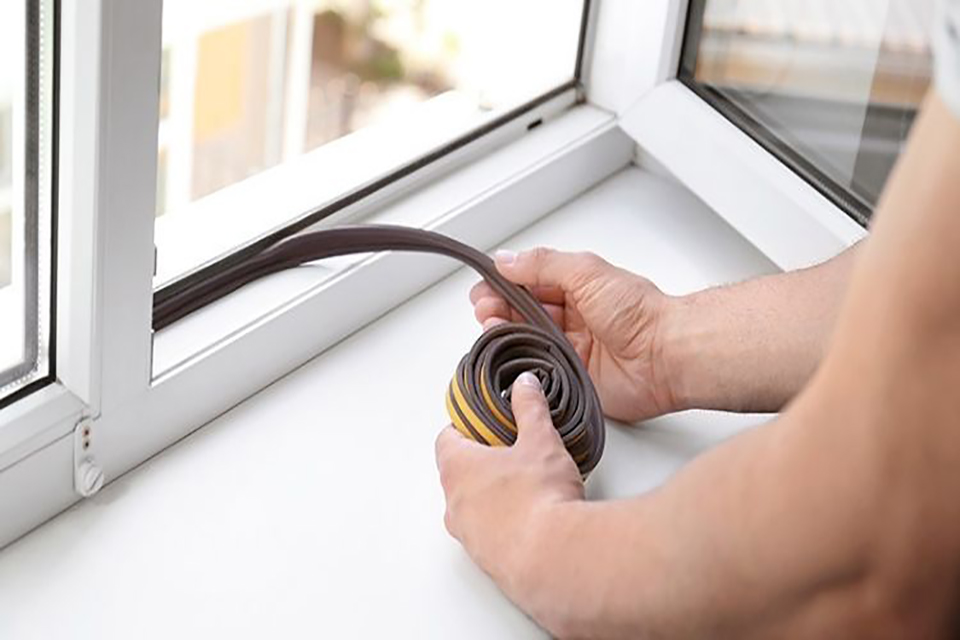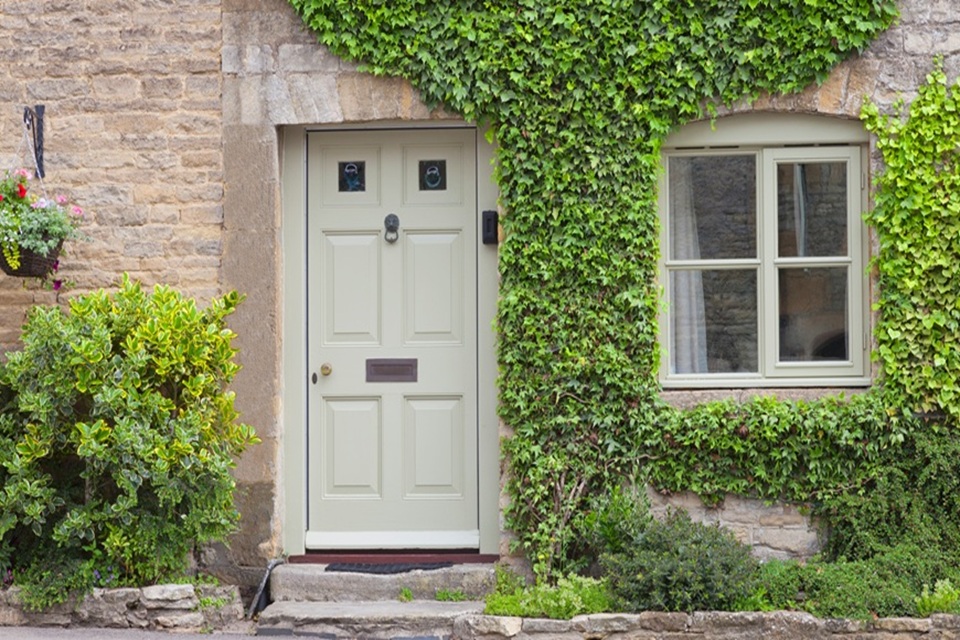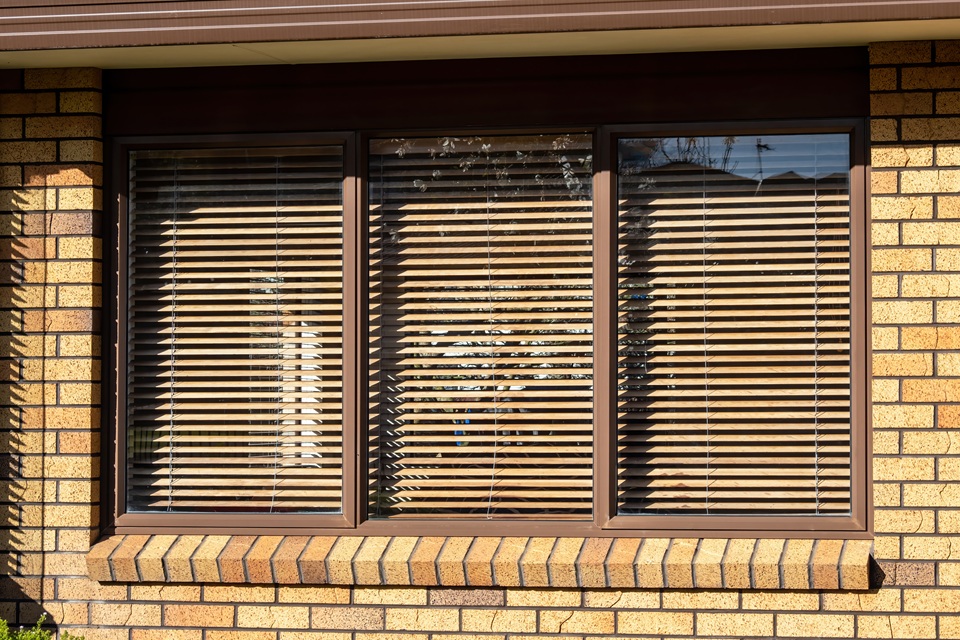Why Do I Need to Replace the Rubber Seal on UPVC Windows?
If you feel a draught or start to notice condensation forming on your windows, then it may be time for a rubber seal window replacement. This article provides everything you need to know about a uPVC window seal replacement.
Over the years, the seal around your windows can wear, and this will cause it to stop functioning properly.
If your seals don’t work as they should, this can lead to higher heating bills as the warm air from your home can escape and cold air from outside will enter, making it more difficult to heat your home.
If you are looking to keep your heating bills down and keep the draughts away, then you should consider resealing your windows.
- Why Do I Need to Replace the Rubber Seal on UPVC Windows?
- How to Replace Rubber Seal on UPVC Windows Yourself
- Tools to Replace Rubber Seal on UPVC Windows
- Safety Equipment for Rubber Seal Replacement on UPVC Windows
- Materials to Replace a UPVC Window Rubber Seal
- How to Prepare for UPVC Window Rubber Seal Replacement
- FAQs
- Sources
How to Replace Rubber Seal on UPVC Windows Yourself
Step 1
Begin by removing the old rubber seal. This should pull away easily by hand.
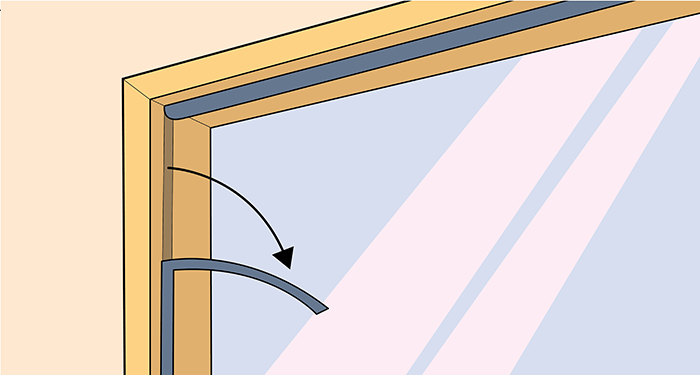
Step 2
Inspect the area of the frame where your new rubber seal is going to go. You may find some obstructions or bits of melted uPVC in the corners. If that’s the case, you may need to remove these before installing the new seal.

Step 3
You can now install your new rubber seal by simply pushing it into place within the grooves.
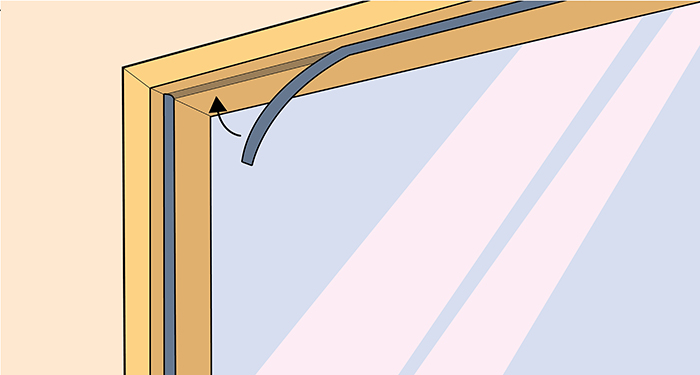
Step 4
Repeat the above step on all four sides of the window until all the sides are completely sealed.
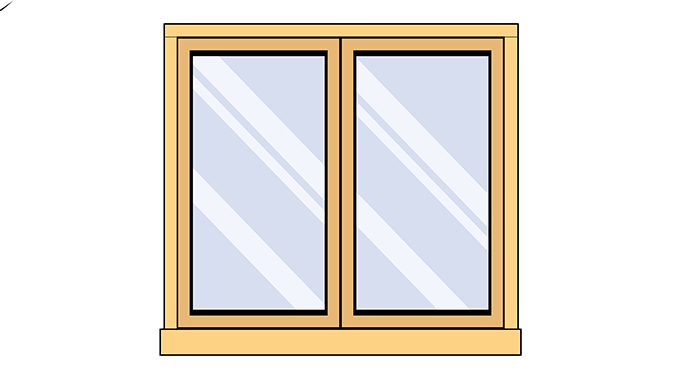
Step 5
If you find that there is a gap in the corners, you can apply a little bit of silicone sealant here to seal it off completely.
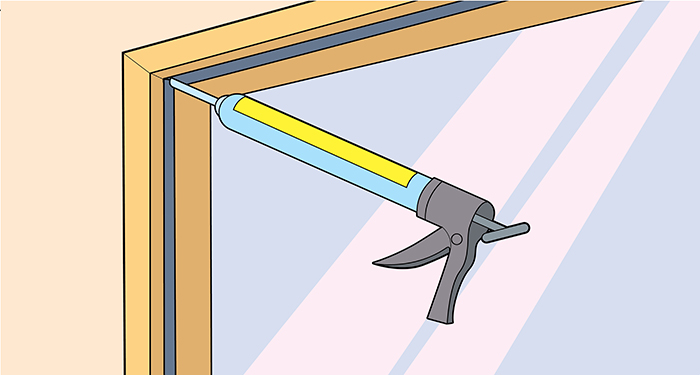
Tools to Replace Rubber Seal on UPVC Windows
- Builder’s knife
Safety Equipment for Rubber Seal Replacement on UPVC Windows
You won’t need any specific safety equipment to replace a window seal. However, if you are replacing upper floor window seals and using a ladder, you should ensure you have someone else with you who can hold the ladder for you to ensure your safety.
Materials to Replace a UPVC Window Rubber Seal
- UPVC window rubber seal
- Silicone sealant
How to Prepare for UPVC Window Rubber Seal Replacement
To prepare for replacing a rubber seal on a window, you will need to begin by removing the existing rubber seal. You can do this by simply pinching part of the seal and pulling it away from the window, the rest should then pull away easily.
If you struggle to pinch it away, you can pry part of it away with a builder’s knife. You should then be able to pull the rest away easily.
FAQs
Q: How do you remove UPVC window seal?
A: You can usually remove an old rubber seal by hand. Simple pinch part of it and pull it out gently.
If you struggle to find a point to pull away, use a knife to pry part of it away and then you should be able to pull the rest away by hand.
Q: How do I tell if my windows need to be resealed?
A: Below is a list of things that indicate your windows need to be resealed:
- If you can feel a draught
- If the sealant has mould on it
- If there is noticeable wear or damage on the seal
- If it has been more than five years since it was last resealed
- If there is condensation on your windows or windowsills
Q: What is the best type of sealant for regular windows?
A: Silicone is the most popular sealant for windows. This is because it is very durable and flexible. With this in mind, this is considered to be the best type of sealant for windows.
Q: How often do I need to replace the seal on my uPVC windows?
A: It is recommended that you replace the rubber seal on your uPVC windows every five years or whenever you feel a draught.
Q: What does uPVC stand for?
A: UPVC stands for Unplasticized Polyvinyl Chloride. It is a type of building material used in construction. It is mostly used for window frames, window sills, and door frames on many modern homes.

